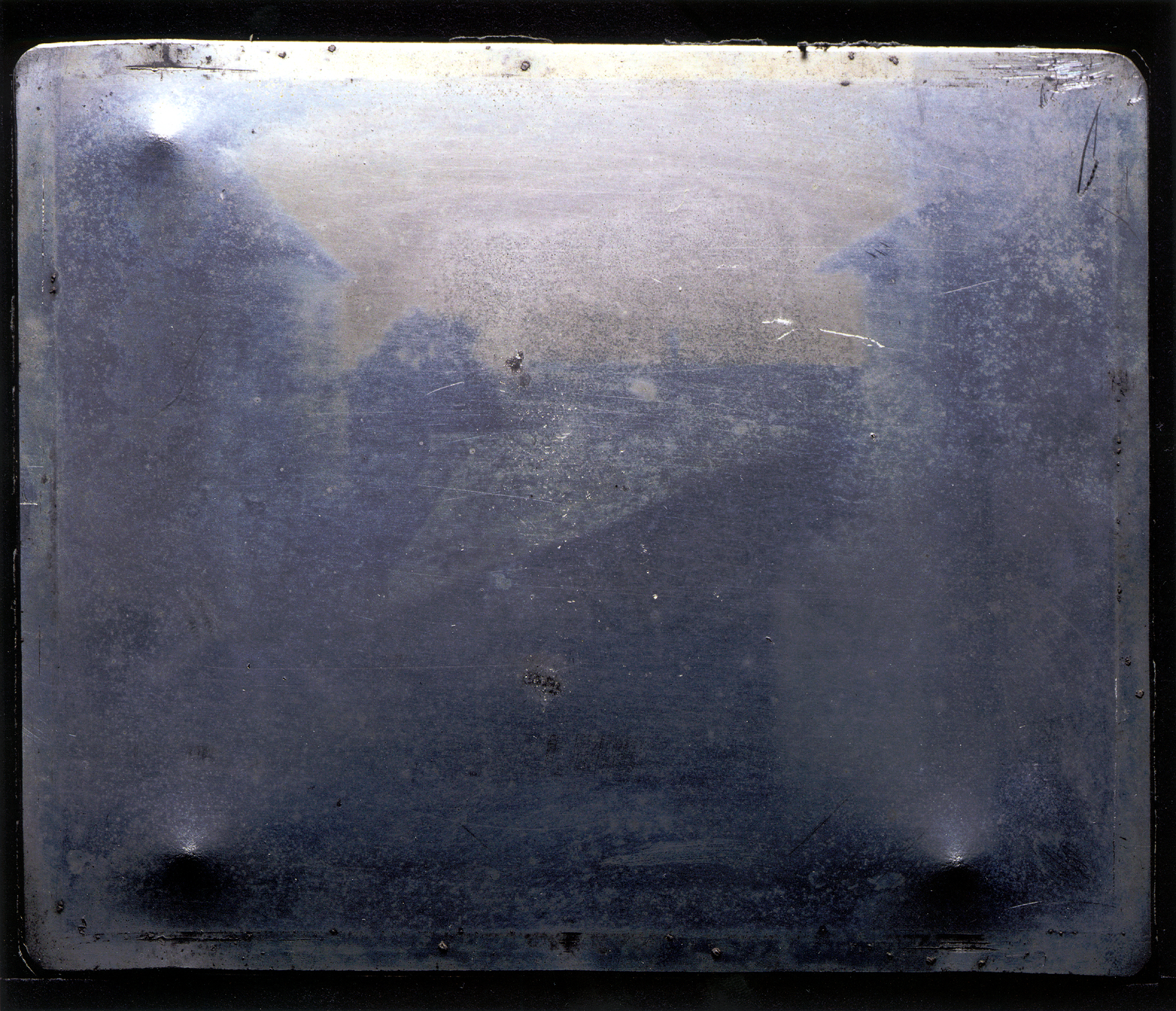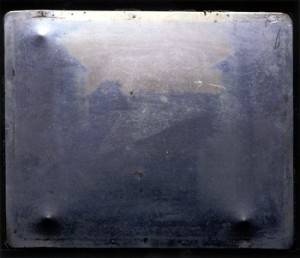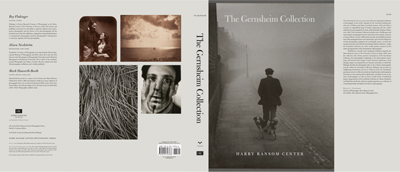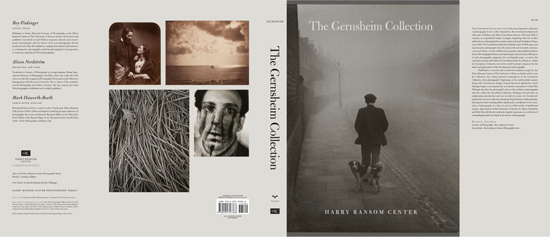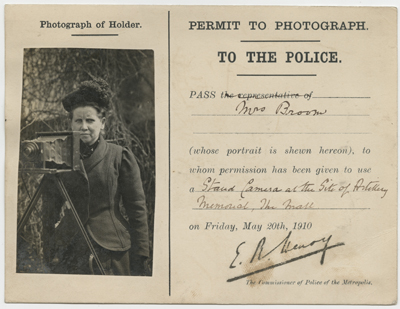
Margaret Denny received a Marlene Nathan Meyerson Photography Fellowship to conduct research in the Ransom Center’s Gernsheim collection. Below she shares some of her findings at the Ransom Center.
During the past decade, I have conducted primary research on Victorian women in photography, an investigation that culminated in my dissertation From Commerce to Art: American Women Photographers 1850–1900 (University of Illinois at Chicago, 2010).
My current project For Love and Money: Victorian women photographers in and beyond the studio follows a select group of nineteenth-century American and British women photographers operating in the commercial realm of advertising, photojournalism, studio portraiture, and travel photography. The importance of this investigation is that current scholarship on the history of photography has diminished the importance of commercial work; it likewise has overlooked women in the commercial sphere.
With a fellowship at the Ransom Center, I have progressed closer to realizing my project as a publication. In pondering this experience, several impressions stand out—the Center as a rich repository of photographs and ephemeral materials, and, co-equal, the Center’s proficient staff members and systems that provide a stimulating, nurturing, and collegial environment in which to explore one’s topic. Through the proficient and patient stewardship of Emilio Banda and suggestions proposed by Senior Research Curator Roy Flukinger and Associate Curator of Photography Linda Briscoe Myers, I was able to navigate smoothly through box upon box of photographs, biographical material, and memorabilia. Even the tradition of weekly coffees and a brown bag lunch for fellows offers scholars and staff opportunities to exchange insights and information.
The Gernsheim collection of Victorian and Edwardian photography amassed by Helmut and Allison Gernsheim in England at the end of World War II and purchased by the Harry Ransom Center in 1963 became the focus for this study. The collection holdings present a rich glimpse into elite British society through the studio portrait practice of Alice Hughes. I viewed the wealth and breadth of photographs made by Hughes at the turn of the twentieth century in her London studio. Having researched Hughes at the National Portrait Gallery in London, it was beneficial to evaluate this expansive number of photographs to build on my earlier inquiry.
Another chronicler of Britain’s elites, Kate Pragnell operated commercially in London in the 1890s. The Center’s illustrated article on Pragnell showed her photography in more of its original context. The fact that Pragnell hired only women workers in her studio and wrote about her practice makes her an interesting case study. These British women will be compared with the American photographers Frances Benjamin Johnston and Gertrude Käsebier as they shared the experience of being middle- to upper-class women who chose photography as a vocation. To investigate the media treatment of American and British women photographers, I reviewed issues of The Photogram published in England between 1894 and 1905 by American Catharine Weed Barnes Ward and her British husband H. Snowden Ward. Likewise, as a comparison to understanding opinions emanating from other journals of photography, I examined the issues of Alfred Stieglitz’s Camera Work, published from 1903 to 1917.
Equally germane to my investigation, the Center’s holdings contain over 350 photographs by British photojournalist Christina Broom. A documentarian of Edwardian fame, Broom photographed important British events from military maneuvers to Royal pageantry, most printed as picture postcards, a business that supported her family facing the loss of household income after her husband’s accident. In my project, Broom will be compared to Frances Benjamin Johnston, who operated as a photojournalist working with Bain News Service in America. Johnston’s assignments took her to Naples, Italy, where she photographed Admiral Dewey and his U.S.S. Olympia crew following their successful campaign in the Philippines during the Spanish American War. Equally notable, Johnston was the last photographer to photograph President McKinley, 17 minutes before his assassination in 1901.
As a seasoned researcher at a number of institutional archives, I feel the time spent at the Ransom Center put me in a more positive position to take my findings to publication. Because the staff made research suggestions beyond my original itinerary, I will be able to incorporate even more information in the study. As I continue to research the topic of women photographers of the Victorian Era into the Edwardian period, my larger goal is to develop the information into book format supported by a traveling exhibition. Having the opportunity to conduct research at the Ransom Center and to develop the narrative of women in the commercial realm of photography places me one step closer toward the realization of this major undertaking.
